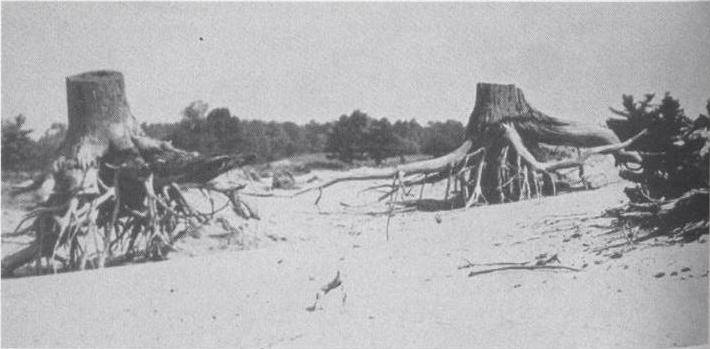The Ontario government is in talks to lease a prime spot in its Ontario Place redevelopment to a group that includes a former nightclub operator with ties to Premier Doug Ford’s late brother Rob, as well as a labour union that has long supported the Premier.
The group, called Ontario Live, had previously submitted a bid for
Ontario Place when the province issued a call for proposals to redevelop the site on Toronto’s lakeshore in 2019, and could now be asked to provide what the government says would be “family-friendly, world-class social hospitality and entertainment services.”
Ontario Live includes Zlatko Starkovski, the operator of the former Muzik nightclub at nearby Exhibition Place and the alcohol provider for the large “Ford Fest” political barbecues held when Rob Ford was Toronto’s mayor from 2010 to 2014, and
Doug Ford was a city councillor.
It also includes the Labourers’ International Union of North America (LiUNA), a large construction union that is a long-time political supporter of the Premier, as well as Plenary Americas, a major infrastructure development and investment company involved in hospital construction and the government’s Ontario Line subway project. Also involved is Sheldon Esbin, founder of Romspen Investment Corp., the government said.
When the government announced the decision last week to move the
Ontario Science Centre to the site, where its plans for a massive waterpark and spa have faced criticism, it said in a press release that it was “actively discussing partnership opportunities with Ontario Live.” It did not mention Mr. Starkovski or his Toronto Event Centre business by name.
The original call for proposals for Ontario Place issued in 2019 was an open-ended process seeking ideas from potential bidders, not a formal, competitive request for proposals. The government reserved the right to negotiate with one or multiple bidders seeking to build attractions on the waterfront site. Mr. Starkovski and Ontario Live had also submitted unsuccessful plans in a similar process that was launched by the previous Liberal government but abandoned before its defeat in the 2018 election.
According to corporate records, a federal corporation called ONTARIOLIVE Inc. was incorporated in 2017. Mr. Starkovski is listed as its only director.
Mr. Starkovski currently runs the Grand Bizarre Supper Club, a nightclub-like restaurant that operates with a long-term lease on the Horticultural Building at Exhibition Place, the grounds of the annual Canadian National Exhibition located next to Ontario Place.
Previously, his business at Exhibition Place was called Muzik, a massive nightclub attended by rapper Drake, pop singer Justin Bieber and by Rob Ford, whose term as mayor was marred by drug and alcohol abuse and erratic behaviour.
In 2014, in response to media reports about
Rob Ford’s visits to the nightclub, Mr. Starkovski issued a statement saying he and the then-mayor were not close and any interactions they had “were of a purely social nature.” He also said he charged fees for providing alcohol at Ford Fest events.
The centrepiece of the Ontario Place plan is a massive
spa and waterpark to be built by the Vienna-based Therme Group. Critics have seized on the government’s pledges to spend hundreds of millions preparing the site and building a 2,100-space multilevel underground parking garage, while reportedly offering the spa operator a 95-year lease.
The Premier’s Office released new drawings last week showing cafés, food stalls and a small train-like transportation system it said could be part of the new development, which also includes an expansion of the site’s existing concert venue, Live Nation’s Budweiser Stage.
The Premier’s Office declined to comment. In an e-mail, the manager of media relations for Infrastructure Ontario, Ian McConachie, confirmed the members of the Ontario Live group.
Neither LiUNA nor Mr. Starkovski responded to requests for comment. Mr. Esbin could not be reached. Stephanie Williamson, senior vice-president for corporate affairs for Plenary Americas, said in an e-mail on Thursday that her company “has not engaged in any substantive discussions about a potential project for the Ontario place site” and said it had “no additional information to share.”
According to e-mails obtained by The Globe and Mail through freedom-of-information legislation, a lobbyist for Mr. Starkovski’s group asked for an urgent meeting with the Premier in a message sent Jan. 13, 2019 – just days before the call for proposals was issued for Ontario Place.
Dan Mader, a lobbyist with Loyalist Public Affairs, wrote to a Premier’s Office staffer to say that Doug Ford’s then-chief of staff, Dean French – who resigned later that year amid a patronage scandal – had “agreed to set up a meeting as soon as possible between the Premier and Zlatko Starkovski and his Ontario Live team to talk about Ontario Place.”
When Therme, and other winning bidders Live Nation and Montreal-based Écorécréo were announced in 2021, there was no mention of Ontario Live. (Écorécréo subsequently backed out of its plans to build an “adventure park” on the site.)
Mr. Starkovski’s tenure at Exhibition Place, with a recently extended long-term lease first signed in 2003, has been the subject of controversy over the years. In 2015, Muzik was the scene of a shooting on the club’s patio that left two people dead, at a party hosted by Drake.
In 2014, The Globe reported that his lease allowed his club to rent the city-owned site for a below-market rate of $10,000 a month (with possible top-ups if sales hit a certain threshold), according to a 2010 affidavit he filed in court during a financial dispute with a former investor. In the same document, Mr. Starkovski said a real estate appraisal revealed a “realistic” rent for the venue was $85,000 a month. He said the lower rent was fair, however, because he has invested in renovations of the historic building.







